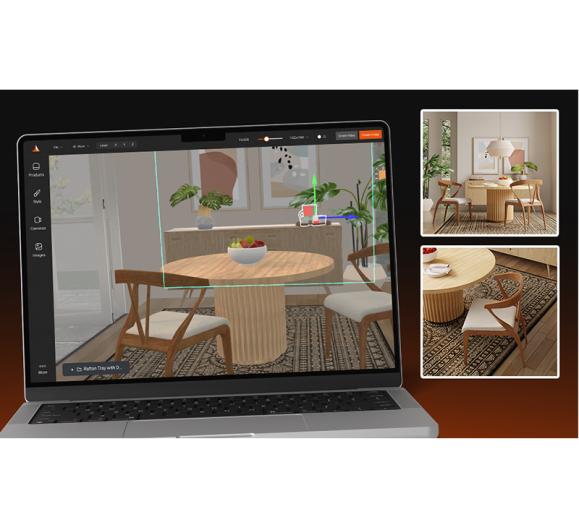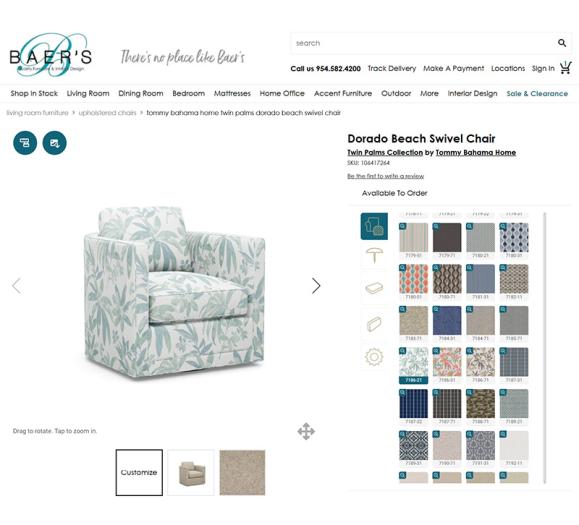Designers talk incessantly about how to manage selling product and ensuring the sales are going through their firm. Social media forums, seminars and market talks are rife with the angst and nail-biting stress this topic causes for designers both new and experienced. This has been especially vexing in the past two years, between the pandemic and supply chain disasters.
More often than not the argument is put forth to “charge your worth” in fees and forget about selling product. This is all well and good for smaller operations but if you have aspirations to grow and hire a team or have one already, you will be hard-pressed to sustain and grow your business on fees alone despite what you may have previously heard.
Is there a business model to ensure product expenditures, projecting income for a growth-minded firm and being able to get some sleep at night? Yes, there is. However, you have to be willing to take the time to learn how to project income and why that’s important.
It is essential to your success to cultivate big picture thinking with your clients, yourself and your team. If not, it’s much harder to be profitable.
Let's Talk Flat Fees
The key to making a flat fee structure work is the ability to create a clear and cogent scope of work, detailing key objectives you are carefully extracting from the client. You also need a detailed set of deliverables that your firm is responsible for executing. It takes work to craft a good scope of work and this is the challenge many never learn to accomplish if they are charging by the hour. Rising up to be the best business owner you can be requires mastery of specific skills, and this is a big one.
Hourly time billing is acceptable when the scope is not measurable and cannot be detailed. This should be a rare occurrence, however, as it is essential that to deliver your best to clients, you need a clear scope of work as well as contingencies for out-of-scope add ons. For example, managing a project interfacing with contractors and subs are tasks that are not always predictable in the course of a job. These tasks fall under hourly project management fees.
Setting Those Flat Fees
Approach consulting fees as you would when developing a “product” for sale. This means figuring out what the attributes are of the product, the time spent developing the product, the unique selling points of the product and what it will take for you to deliver this product to the marketplace. Putting all of this together along with your historical data will determine the “price” you need to set for your product.
Selling Product
Projecting income is not limited to fees. Designers typically want to sell the products they specify. And rightly so. The problem I see all too often are designers focusing on the products in such a way that gives the impression you are no more than a personal shopper or a selection service “picking” items for a project. “Picking” is reserved for blueberries, and is not a way to characterize your services.
Ouch! I know this may sting, but hear me out. When you focus on the parts and pieces and not the entirety of the creative vision, you will have clients who, well, dissect the parts and pieces looking for a better deal.
Why is anyone surprised by this? After all, you have invited this scrutiny!
The Importance of Minimum Expenditures
Each scope of work and subsequent contract we develop also includes a dollar investment which quantifies the tangible element of our involvement in a project. Items that can be included in this expenditure are items the client would be purchasing for this project. This expenditure can encompass everything from furniture to area rugs, custom window treatments and bedding, lighting, accents and artwork for a home. In some projects it might include elements in a kitchen or bath or other new construction elements.
We are simply asking that the client invest these funds with our firm so we can help facilitate the project seamlessly and makes it worthwhile for us to partner on the successful completion of the space.
There is a lot of structure and detail to this concept, and it is not a slam dunk to implement. Again, the work must be done to understand the key logistics and the best way to communicate the benefits and position the “win/win” to your clients for optimal success. Mastering this business model will elevate any design firm to the next level. Next month, we’ll dive into some of the parameters that entail scope of work and how to communicate your fee structure to clients.







